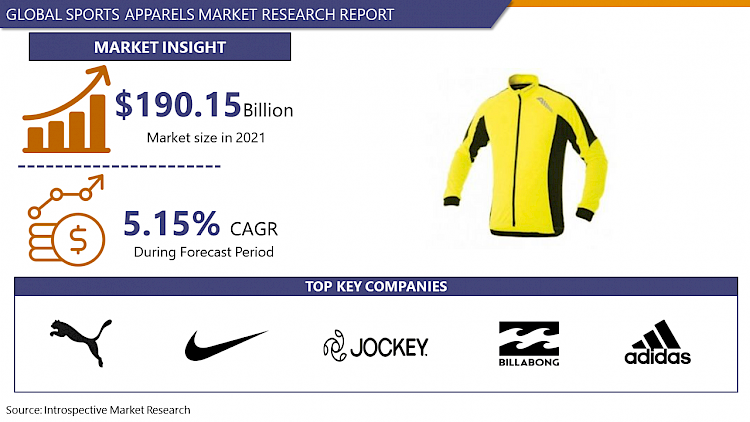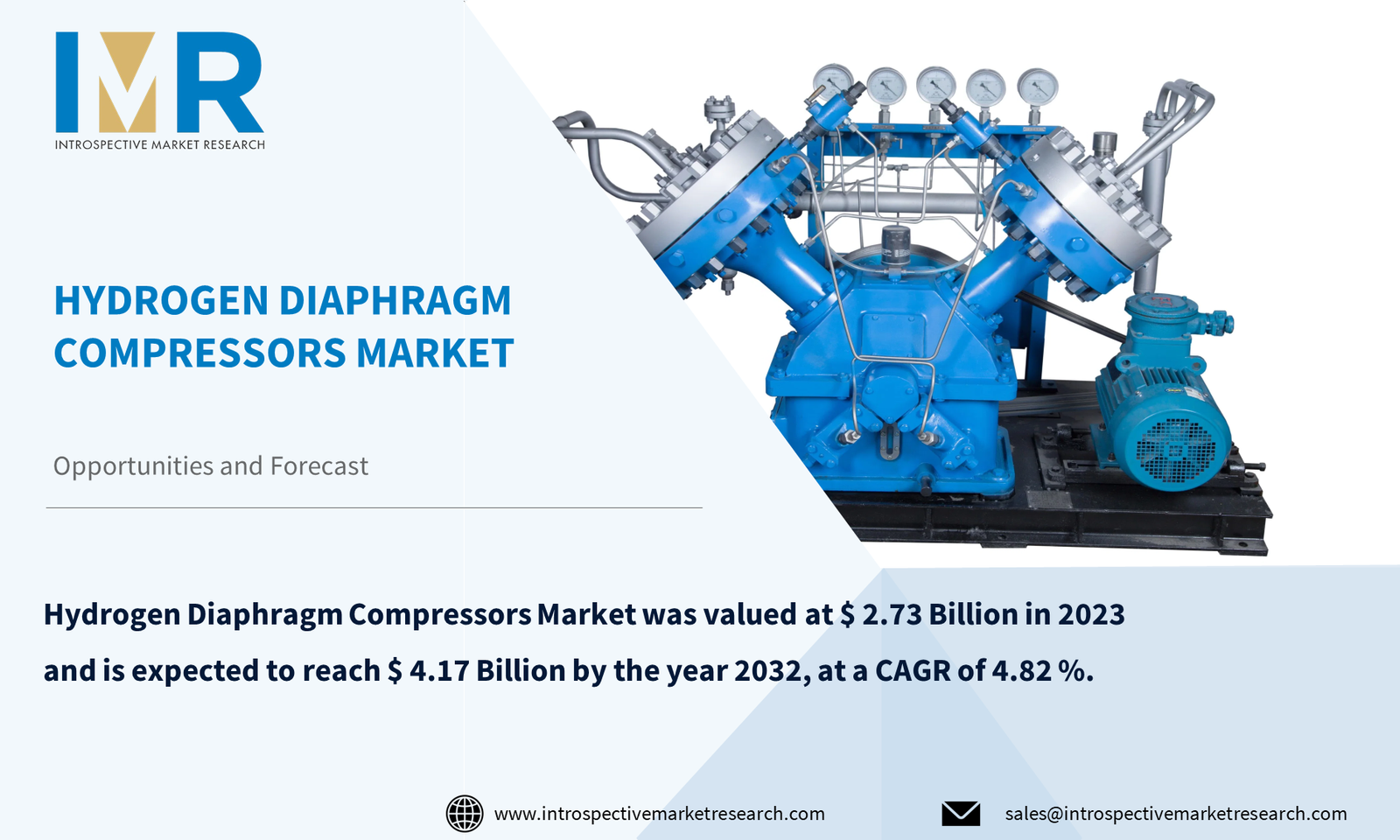Market Overview:
The Sports Apparel market was valued at USD 190.15 billion in 2021 and is expected to reach USD 270.25 billion by the year 2028, at a CAGR of 5.15%.
Sports apparel and sports attire are worn during physical or sporting activities. Individuals who enjoy sports, the gym, and other activities desire attire that gives comfort, safety, and energy to help them perform better. Sports apparel is typically flexible and lightweight to ensure that the user is comfortable while participating in sports. Athletes and non-athletes alike are drawn to sporting clothing dealers and manufacturers. There is a high demand for new items and equipment, which necessitates ongoing design innovation as well as a marketing strategy to match. Nike, Adidas, and Reebok, for example, have offices all over the world that are being used to increase revenue sources.
According to Statista, as manufacturers compete for a larger part of the sports clothing industry, competition is expected to heat up. Nike and Adidas were the most profitable sports apparel firms in the world in 2020, with combined revenues of more than $60 billion. Newcomers like Under Armour and lululemon, which were created in 1996 and 1998, respectively, are challenging the more established brands. Lululemon's growth has been particularly impressive: net revenue exceeded 4.4 billion dollars in 2020, up roughly 10% from the previous year.
Major Key Players for Vegan Cheese Market
- Adidas AG
- Nike, Inc.
- Puma SE
- Billabong International Limited
- Everlast Worldwide Inc.
- GAP Inc.
- Fila, Inc
- Lululemon Athletica Incorporation
- New Balance Athletic Shoe, Inc.
- Decathlon
- Amer Sports Corporation
- Under Armour, Inc.
- Ralph Lauren Corporation
- Umbro Ltd.
- Jockey International
- Lotto Sport
- Columbia Sportswear Company
Market Dynamics and Factors
Consumer trends have benefited the sports apparel and athletic apparel industry in recent years. Increased participation in exercise activities has resulted from a growing interest in health and well-being. Men and women with hectic lives are also looking for garments that are both trendy and comfy. According to a poll of 2021 U.S. customers, comfort and quality were the two most significant concerns when purchasing recreational items, especially sports apparel. Customers are also becoming more ecologically concerned, demanding greater transparency about how their clothing is made and the sustainable clothing trends that are emerging. Users can sort products by their preferred sustainability credentials on some clothes apparel websites.
A market restricting factor is the variation in the pricing of raw materials used in the manufacture of sports apparel and counterfeit items.
Sports Apparel Market Report Highlight
By product type, the tops & T-shirts dominate the market by holding the maximum market share of the overall sports apparel market share.
By distribution channel, discounted stores segment is anticipated to hold a significant market share over the forecast period. Owing to the variety of sportswear with discounted prices and trial before purchase benefits, this segment is dominating the sports apparel market.
Due to nations like China and India having a higher number of young people, Asia-Pacific is the fastest-growing area in the global sports apparel industry.
Key Industry Development
In February 2022, Nordstrom announced a partnership with Brady, a next-generation sports apparel brand founded by American football player Tom Brady, as the brand's only physical store. Brady brings two decades of experience to provide pro-sport-level innovation and engineering apparel that is both technical and wearable.
DICK'S Sporting Goods, the largest omnichannel sporting goods store in the United States, announced the launch of VRST, a men's athletic apparel brand designed for the modern active man who lives life on the go, in March 2021. VRST is now only accessible on VRST.com and dicks.com, but it will soon be available at over 400 DICK'S stores around the country.
Sports Apparel Market Segmentation
By Product Type
- Hoodies & Sweatshirts
- Tops & T-Shirts
- Jackets & Vests
- Shorts
- Socks
- Surf & Swimwear
- Pants & Tights
- Others
By Distribution Channel Type
- Online Stores
- Supermarkets/Hypermarket
- Retail Stores
- Brand Outlets
- Discounted Stores
By Sports
- Soccer
- Basketball
- Baseball
- Others
For this report, Introspective Market Research has segmented the Sports Apparel Market based on region:
Regional Outlook (Revenue in USD Million; Volume in Units, 2022-2028)
- North America
- The U.S.
- Canada
- Mexico
- Europe
- Germany
- France
- UK
- Italy
- Turkey
- Rest of Europe
- Asia Pacific
- China
- India
- Japan
- South Korea
- Indonesia
- Vietnam
- Thailand
- Rest of Asia-Pacific
- Middle East & Africa
- Saudi Arabia
- South Africa
- Iran
- Rest of MEA
- Latin America
- Brazil
- Argentina
- Rest of LATAM







